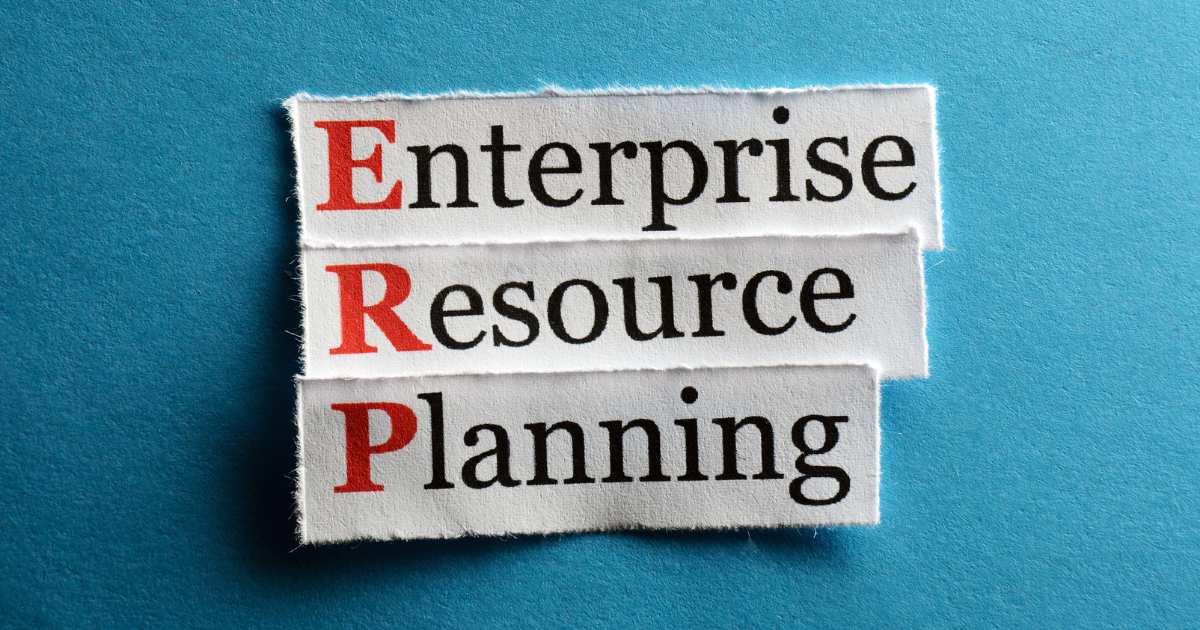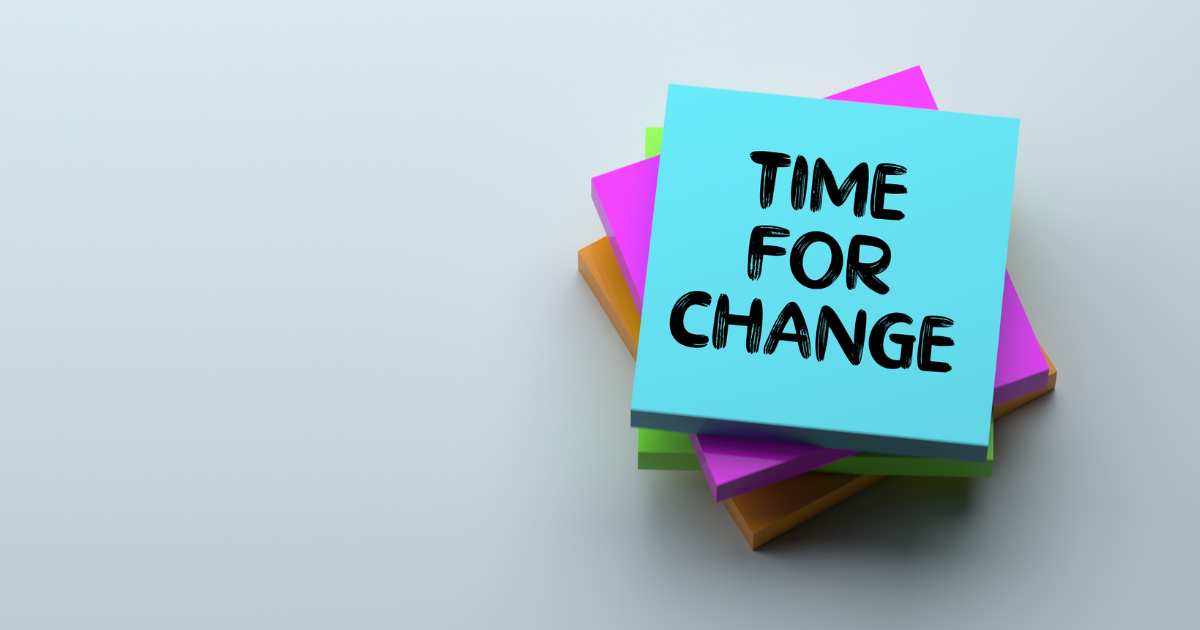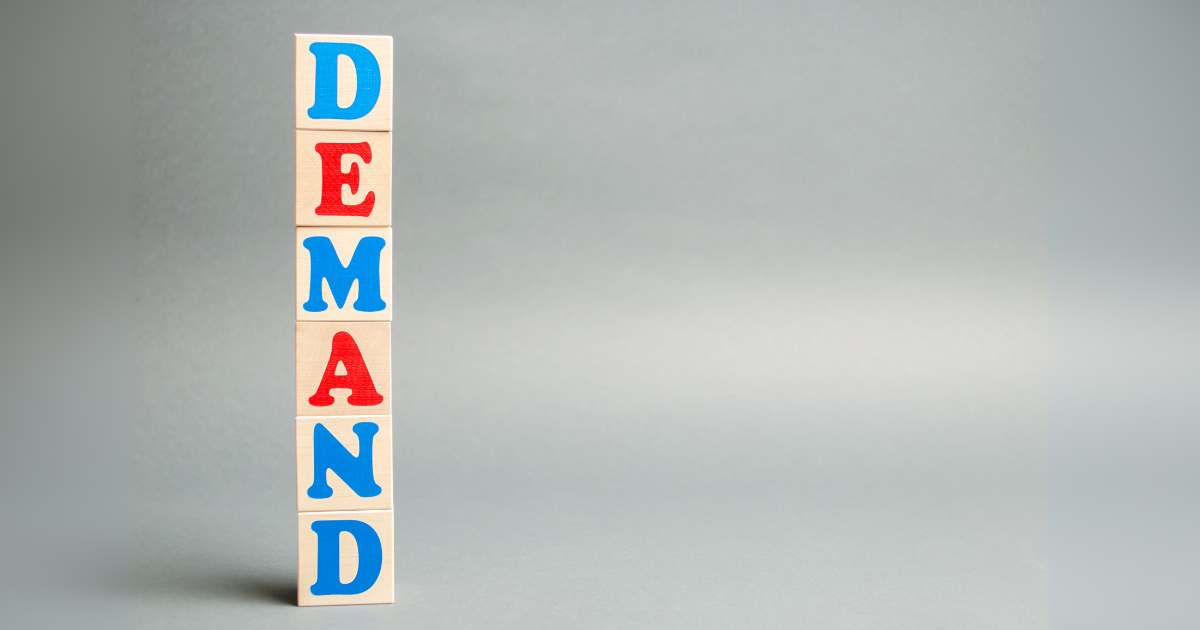
Enterprise resource planning, or ERP, is key to ensuring that operation runs smoothly. Especially if you work in manufacturing, this industry requires that businesses be productive, efficient and organised. Thankfully, there’s a tool for that!
ERP tools are software that help businesses to integrate and automate their core business operations. This can include finance, human resources, the supply chain, and customer data.
When it comes to fashion and textiles, the use of this type of software helps businesses to remain competitive. What’s important to note here is that not all ERP systems are equal. When it comes to a niche industry such as fashion and textiles, there is software that has been specifically designed for this purpose.
Manufacturing ERP systems include production-specific features such as Bill of Materials (BOM), job costing, batch tracking, and shop floor control. Other tools are limited to generic features such as accounting.
The types of businesses that can benefit from ERPs are:
- Ready-to-Wear Companies
- Ready-to-Wear Stores
- Fashion Houses
- Textile Manufacturers
- Fashion Retailers
- Luxury Brands
- Textile Design Companies
Let’s explore the benefits that a manufacturing enterprise can get from these tools.
Benefits of an ERP System
The most notable benefits of using an ERP system are based on cost, efficiency
1. Increased Productivity
Using enterprise resource planning software helps businesses in the fashion and textile industry to optimise productivity. This is because it organises the workflows in a way that optimises resource use and saves the time of the staff working at various places in the workflow.
Some examples of its use include automated order tracking and inventory management.
2. Reduced Operational Costs
Whether a business is working in a warehouse or production facility, and regardless of whether it manufactures apparel or other textile-related products, ERP tools help reduce costs. This is achieved by eliminating the previously mentioned inefficiencies. Improved processes mean that labour costs are saved on repetitive tasks that can be automated. Because raw materials are also managed, there is less wastage and purchases are only activated once it is needed.
3. Improved Business Process Management
Business processes need to be managed carefully to ensure that every part of the operation runs smoothly. Instead of having to manually track all of the processes, an ERP system allows you to set up how tasks need to run, automate a section thereof, and standardise activities. Furthermore, it also helps different teams within a business collaborate better through one centralised platform. Management can collect information, improve traceability, track production stages and enhance forecasting for both material and labour needs.
Choose the Right ERP for Your Factory in South Africa
The reasons to invest in an enterprise resource planning system for your manufacturing business might seem apparent, but how does one go about choosing the right software for your business?
Remember, choosing the right product is all about finding a good fit for your business, not just ticking boxes. You need to understand your production process, team size, and your products.
Following the steps will help you choose the right tool.
1. Start with a Self-Assessment
Map out your workflows and see if you can articulate where you can automate certain tasks.
2. Assess Ease of Use and Learning Curve
Look at demos or free trials of the various tools and see how easy they are to use. Will your staff be able to learn it quickly and use it without struggling? Ensure that the learning curve isn’t too steep – you don’t want to spend hours and hours needing to teach staff how to use a complicated programme that slows production down even further.
3. Clarify Total Cost of Ownership (TCO)
Total cost of ownership speaks to the overall cost of implementing an ERP. This is not only limited to the software license, but also training, the “cost” of time to implement it and if there needs to be additional technology added to help it run effectively in your business.
4. Match the ERP’s Scalability to Your Growth Plan
There are three questions that you can ask to ensure that your ERP will fit with your business’s growth plan:
- Can you add more users, warehouses, or sales channels without modifying the existing systems?
- Does it support advanced modules like CRM, HRM, and accounting (even if you don’t need them now)?
- Is there a free or small business version that you can start with?
5. Review Onboarding Timeframes and Support Models
SMEs need to understand what the average go-live time is for a business like theirs, and whether training is included. Find out what support channels exist. Lastly, ask whether the implementation is self-service or partner-led.
6. Common Mistakes to Avoid During ERP Selection
Avoid the following mistakes:
- Rushing implementation without mapping your workflows
- Buying more features than needed
- Underestimating the total cost of ownership or post-onboarding support






